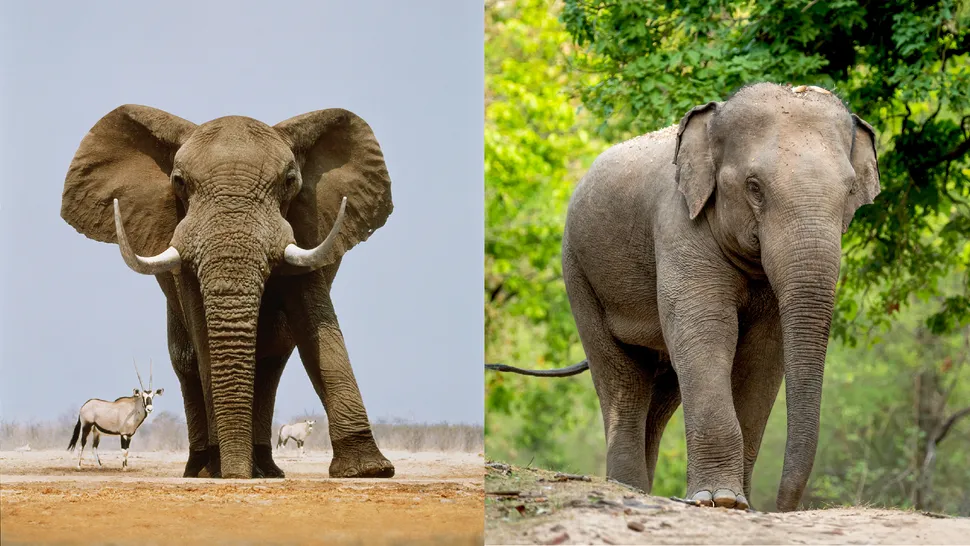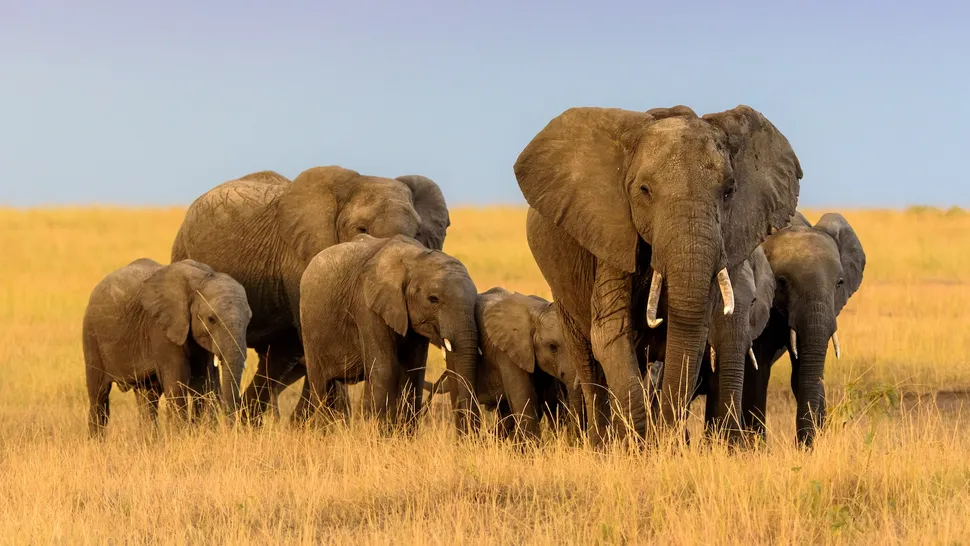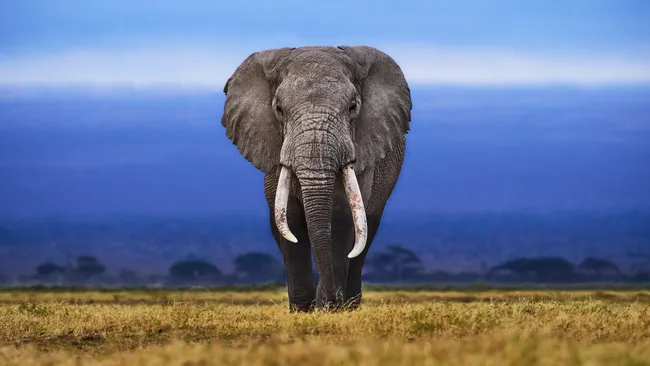An Ornate cat-eyed snake, native to Ecuador, was discovered at a Market Basket in Manchester and has been safely rehomed.
The Difference Between African and Asian Elephants
African and Asian elephants not only live on separate continents, but they also have distinct physical characteristics. African elephants consist of two species: the African savanna elephant and the African forest elephant. The savanna elephants inhabit the grasslands and savannas of sub-Saharan Africa, while forest elephants dwell in the rainforests of Central and Western Africa. Among all elephant species, African savanna elephants are the largest, reaching heights of 10 to 13 feet (3 to 4 meters) and weighing between 4 to 7 tons (3,600 to 6,400 kg)—comparable to a fully loaded dump truck.
Asian elephants, on the other hand, are found in the forests and grasslands of South and Southeast Asia. They typically grow between 6.5 and 11.5 feet (2 to 3.5 meters) tall and weigh approximately 5.5 tons (5,000 kg).
In terms of physical features, African elephants have larger ears, while Asian elephants have smaller, rounder ears. Both male and female African elephants develop large tusks, whereas only some male Asian elephants grow full-sized tusks. The remaining males and females develop smaller, tusk-like structures called tushes.
Why Do Elephants Have Trunks, Tusks, and Large Ears?
Every part of an elephant’s body serves a purpose. The trunk is an incredibly versatile tool that allows elephants to breathe, eat, drink, smell, and grasp objects. African elephants have two small “fingers” at the tip of their trunk for precise manipulation, while Asian elephants have only one and use their entire trunk to pick up objects. Elephants can store about 1.5 gallons (5.5 liters) of water in their trunks and can suck in water 30 times faster than a human sneeze.
Elephant tusks are elongated, specialized teeth that continue growing throughout their lifetime. They are used for digging, foraging, and self-defense. Like humans being right- or left-handed, elephants favor one tusk over the other, which researchers can identify based on wear patterns.
Their large, floppy ears serve multiple functions. The broad surface area helps them regulate body temperature by dissipating heat, which is crucial in their warm habitats. Additionally, the ears funnel sound waves toward their inner ears, improving their hearing. When threatened, elephants spread their ears wide to appear larger and more intimidating.
Are Elephants Social Animals?
Elephants are highly social and live in herds led by a matriarch, typically the oldest and most experienced female. A herd consists of related females and their calves, usually comprising six to 20 members. Asian elephants form smaller herds than African elephants. As herds grow too large, they split into smaller groups. Males leave their herds during adolescence and either live alone or join small groups of other males.
The matriarch leads by relying on her memory and experience to locate food, water, and shelter. She also teaches younger elephants how to interact within the herd. Elephants are deeply compassionate and protective of their group, often assisting injured or weak members.
Communication among elephants involves sound, scent, and touch. They produce deep rumbles, some of which are too low for human ears to detect. These sounds can travel miles, serving as a way to greet and identify one another, much like names in human communication.

Are Elephants Intelligent?
Elephants are considered exceptionally intelligent. They demonstrate problem-solving abilities and use tools for various tasks. For example, they scratch themselves with sticks, use palm fronds to swat insects, throw rocks at electric fences to disable them, and plug water holes with bark to store drinking water.
They also display empathy and mourning behaviors, grieving the loss of herd members. Both African and Asian elephants have been observed burying their dead.
The phrase “an elephant never forgets” is somewhat exaggerated, but their memory is indeed remarkable. They retain crucial details about food and water sources, migration routes, and social connections with hundreds of elephants they encounter annually.
Are Elephants Endangered?

Both African and Asian elephants are endangered due to multiple threats. Poaching is a major issue, particularly for African elephants, as they are hunted for their valuable ivory tusks. Each year, approximately 20,000 African elephants fall victim to poachers, leaving only around 415,000 in the wild.
Habitat loss is another critical threat. As human populations expand, forests and grasslands are cleared for towns, farms, roads, and fences, encroaching on elephant habitats. When elephants raid crops, destroy property, or accidentally injure people, conflicts arise, sometimes leading to retaliatory killings.
Additionally, climate change is making their environments less hospitable. Rising temperatures contribute to water shortages, wildfires, and extreme weather conditions, all of which pose challenges for elephant survival.
Protecting elephants requires global efforts in conservation, anti-poaching laws, and habitat preservation to ensure these magnificent creatures continue to thrive for future generations.
